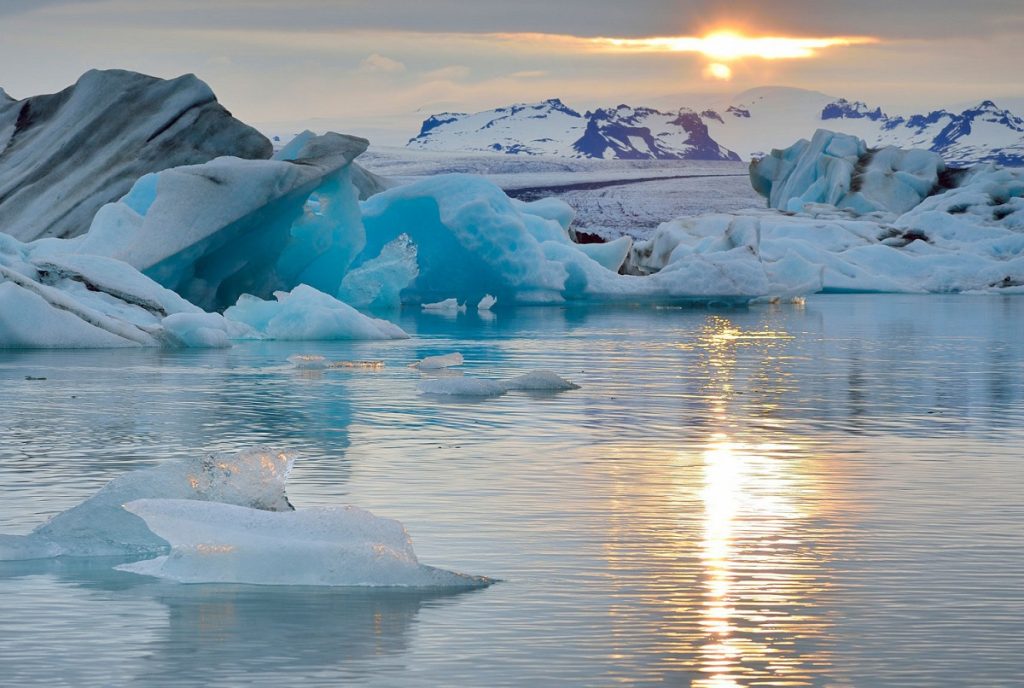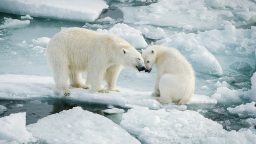
Most of the Arctic is under the sovereignty of eight Arctic states: Russia, the USA, Canada, Denmark, Norway, Sweden, and Finland. They regulate environmental protection within the framework of the Arctic Council, other organizations and legislative norms at the level of national legislation.
Russia is a permanent member of the Arctic Council. The curators of the working groups are the relevant federal agencies of the Russian Federation. Each company conducts work on its own program in accordance with the license terms. GOST standards and codes of rules for joint ventures regulate the requirements for the protection of the marine environment. Most standards are developed for water bodies on land and do not take into account the peculiarities of the Arctic.
There are international regulators of environmental monitoring both at the state level (the Arctic Council, the Oslo-Paris–OSPAR Convention and the Helsinki Commission – HELCOM) and large companies. Environmental monitoring at the State level is regulated through the creation of international organizations and conventions, at the company level – by the legislation of countries and international associations.

The main goals and objectives of the Arctic Council are to conduct environmental monitoring, obtain reliable and sufficient information about the state of the Arctic environment, and develop proposals and recommendations. The work of the Arctic Council is carried out within the framework of six working groups: elimination of Arctic pollution (ACAP); implementation of the Arctic Monitoring and Assessment Program (AMAP); conservation of Arctic flora and fauna (CAFF); prevention, preparedness and response to emergency situations (EPPR); protection of the Arctic marine environment (PAME); sustainable development in the Arctic (SDWG).
OSPAR, which includes a dozen and a half European states, carries out work within the framework of strategies for joint monitoring of the shelves by the participating countries. Among the main goals and objectives of the Oslo-Paris Convention are: development of approaches and recommendations for monitoring; implementation of coordinated monitoring programs; collection of monitoring data; monitoring the implementation of recommendations and standards. Russia is not involved here.
6 strategies have been identified:
· conservation of biodiversity and protection of ecosystems;
· Eutrophication of the marine environment;
· prevention of dangerous discharges;
· prevention of oil and gas pollution;
· prevention of contamination by radioactive substances;
· Monitoring and joint control programs.

The main goals and objectives of the HELCOM Commission, which includes Russia, are to develop approaches and recommendations for monitoring, as well as to monitor the implementation of recommendations and standards by all Baltic Sea countries. HELCOM’s work is carried out within the framework of working groups.
In Russia, there are legal norms for conducting environmental monitoring on the shelf for companies. Thus, in the Federal Law “On Environmental Protection”, business entities are required to carry out environmental control. In the absence of regulatory and methodological recommendations governing environmental monitoring, Russian companies independently develop local documents that regulate environmental monitoring standards.
By Ekaterina Pavlushkina


